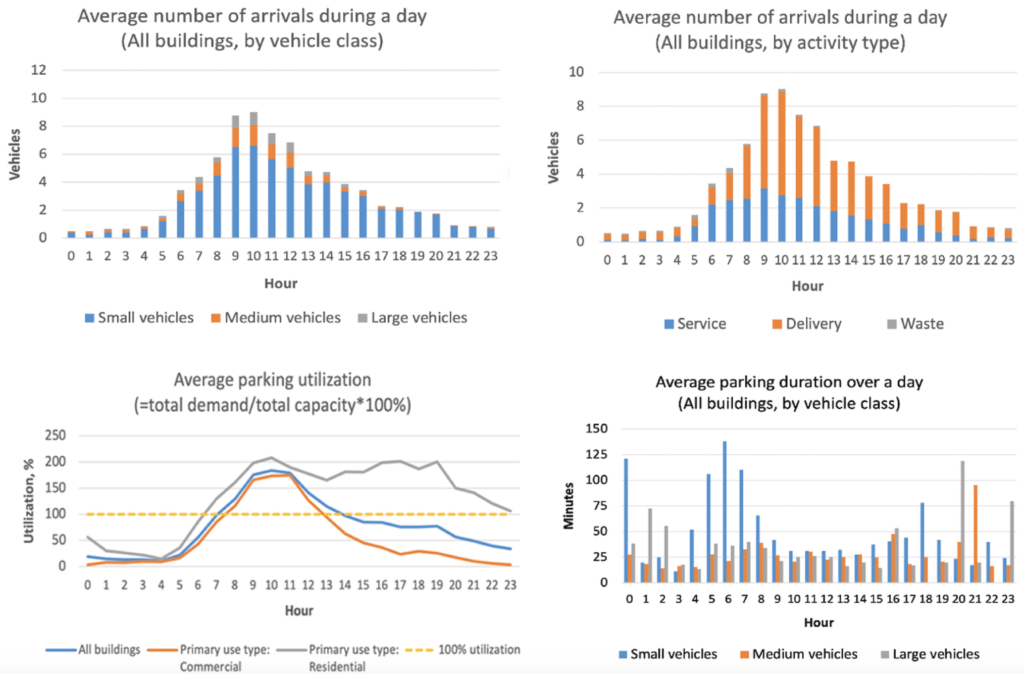For freight and service vehicles entering a city, parking plays a crucial role in providing access to serve customers. This typically occurs on the street in designated parking spaces or in modern buildings in off-street facilities. Given the evolving priorities in urban planning and the consequent reduction in on-street loading zone availability, this paper delves into the provision and challenges associated with off-street loading docks to facilitate freight and service-related activities in major urban centers.
Despite not always being fully acknowledged, ensuring proper accommodation for the freight tasks generated by a city is imperative for the broader objectives of urban planners. As an essential transport task, freight vehicles will inevitably continue to enter cities. Without well-designed off-street loading dock facilities, these vehicles may seek on-street parking, whether legally or illegally, potentially compromising the place-making objectives of urban planners.
A recent paper initially examines the planning approaches governing the establishment of loading docks, specifically focusing on Sydney while drawing comparisons, primarily with the Borough of the City of London. Drawing on recent observations in Sydney, the paper explores various stakeholder perspectives regarding loading dock provision and utilization. The paper outlines modeling approaches to forecast more accurate requirements to help address planning challenges. Ultimately, the paper highlights actions taken to tackle the identified challenges.

To address the lack of confidence in existing methods for predicting freight demand at new major generators, regression, and clustering analysis techniques have been used to develop the predictive modeling methodology that promotes a versatile and scalable model input system that allows different datasets and variables to be used (e.g., different land-use types and/or vehicle types). Due to its value and applicability, this method is ideal for the most common land use forms and sizes.
The predictive model was not intended for a certain form or size of a building. The transferability of the environment/platform modeling will allow the model to be externalized and accessed by relevant external stakeholders. Additionally, the inclusion of a diverse and representative list of buildings with a different mix of land-use types, “commercial, residential, and retail,” in the collected parking surveys and model inputs facilitates producing valid and reliable estimates for the most common building types and sizes that are common in CBDs. The methodology developed allows ongoing surveys to update the models to incorporate changes in demand patterns.
